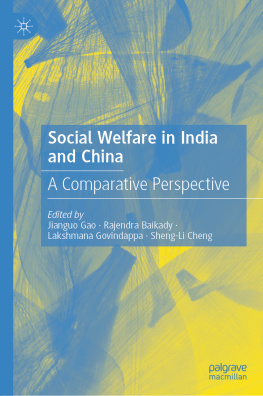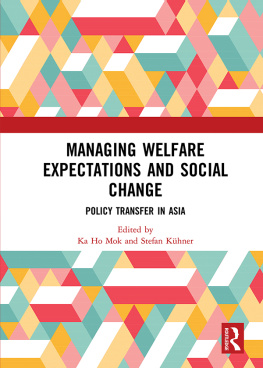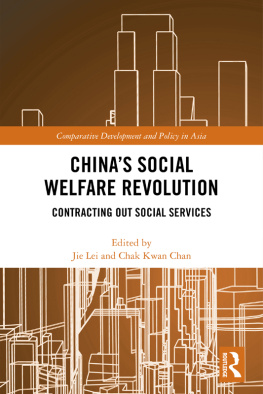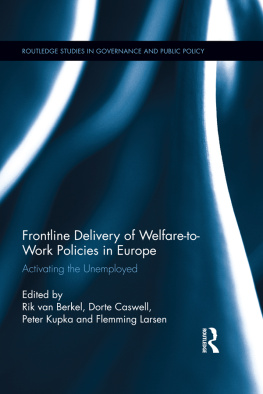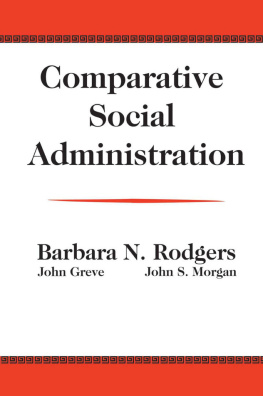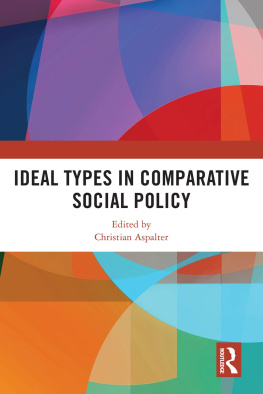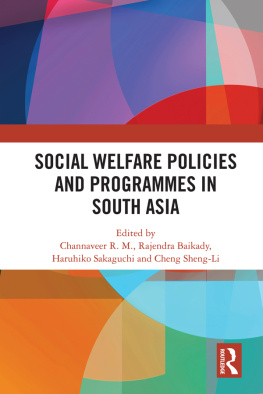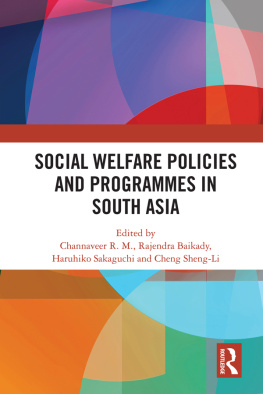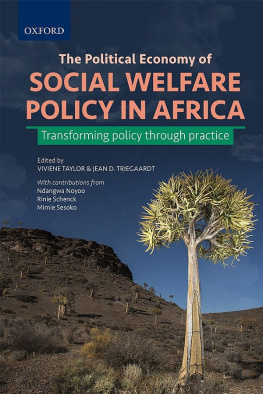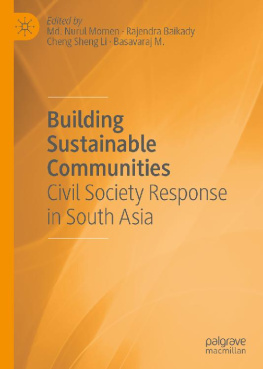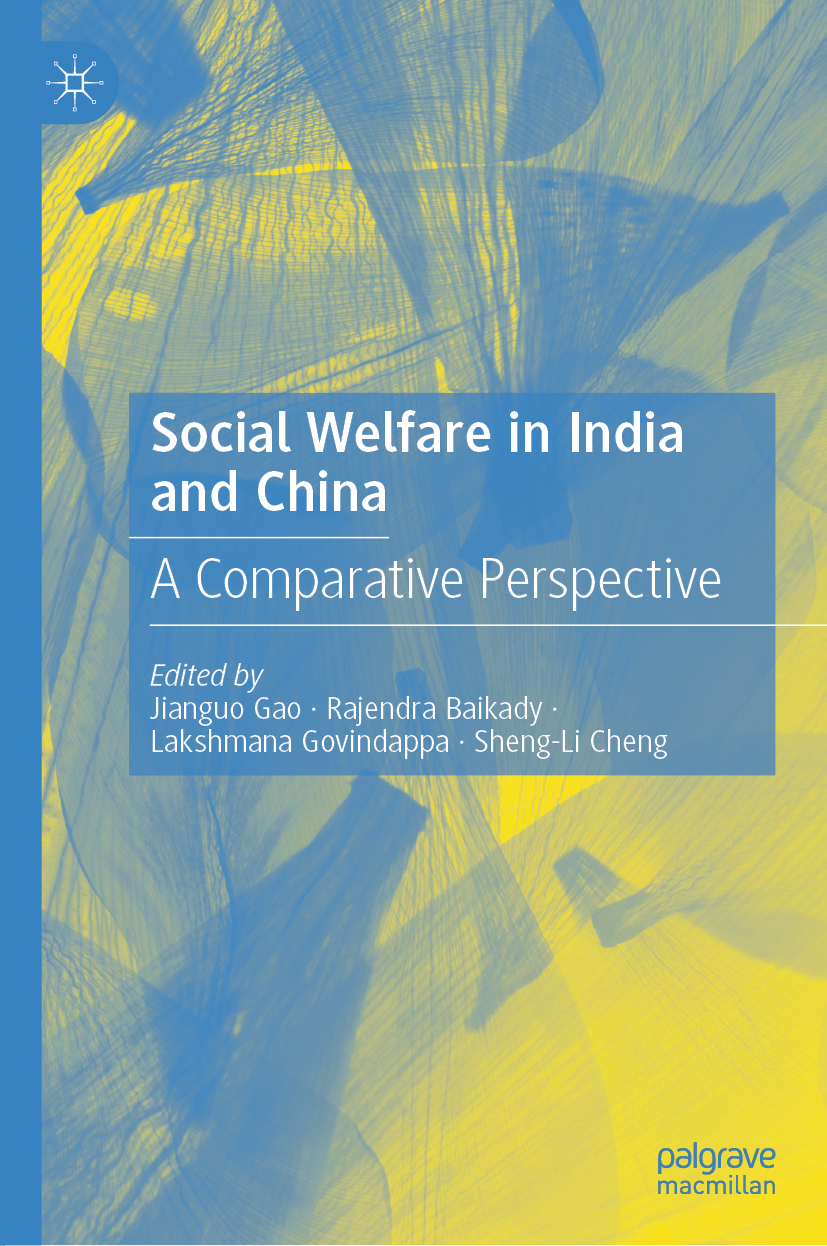Editors
Jianguo Gao
Shandong University, Jinan, China
Rajendra Baikady
Hebrew University of Jerusalem, Jerusalem, Israel
University of Johannesburg, Johannesburg, South Africa
Lakshmana Govindappa
Central University of Karnataka, Kalaburagi, India
Sheng-Li Cheng
Shandong University, Jinan, China
ISBN 978-981-15-5647-0 e-ISBN 978-981-15-5648-7
https://doi.org/10.1007/978-981-15-5648-7
The Editor(s) (if applicable) and The Author(s), under exclusive license to Springer Nature Singapore Pte Ltd. 2020
This work is subject to copyright. All rights are solely and exclusively licensed by the Publisher, whether the whole or part of the material is concerned, specifically the rights of translation, reprinting, reuse of illustrations, recitation, broadcasting, reproduction on microfilms or in any other physical way, and transmission or information storage and retrieval, electronic adaptation, computer software, or by similar or dissimilar methodology now known or hereafter developed.
The use of general descriptive names, registered names, trademarks, service marks, etc. in this publication does not imply, even in the absence of a specific statement, that such names are exempt from the relevant protective laws and regulations and therefore free for general use.
The publisher, the authors and the editors are safe to assume that the advice and information in this book are believed to be true and accurate at the date of publication. Neither the publisher nor the authors or the editors give a warranty, expressed or implied, with respect to the material contained herein or for any errors or omissions that may have been made. The publisher remains neutral with regard to jurisdictional claims in published maps and institutional affiliations.
Marina Lohrbach_shutterstock.com
This Palgrave Macmillan imprint is published by the registered company Springer Nature Singapore Pte Ltd.
The registered company address is: 152 Beach Road, #21-01/04 Gateway East, Singapore 189721, Singapore
Foreword
For many years, a common axis of comparison between China and India lay in their respective political regimes. Authoritarian China earned high praise (including from many quarters in India) for its rapid economic growth and even faster pace of urban expansion. Democratic India drew accolades for holding regular elections on a vast scale in terms of voters, and doing so over successive decades when many other low-income democracies saw transitions to authoritarian rule. The political axis of comparison may have been a valid lens with which to analyze certain events over time in India and China, but in a welcome development, several recent studies of have moved beyond the political comparison. This book, in putting social welfare and social policy questions under a comparative light, shows the potential benefits of moving toward other domains of comparison. Of course, social welfare and social policy are inherently political in nature, but as the studies in this volume remind us, it is insufficient to analyze welfare policies and outcomes only as the products or outputs of national-level political institutions.
The comparison of India and China in terms of social welfare and social policy is not simply an exercise in understanding similarities and differences between these two Asian civilization-states. Much more is at stake. Any adequate attempt to confront global issues of climate change, poverty and precarity, public health, population aging, the future of work, revolutions in information technology and biotechnologyin short, existential questions for the planet and its peoplemust draw upon the experiences of China and India, and must pinpoint the lessons learned from their experiences. Addressing these massive challenges must also involve the active participation of Indian and Chinese officials, professionals, practitioners, and others.
Welfare policy studies, as found in the West and in the dominant schools of social policy, social work, public administration, and so forth, are overwhelmingly drawn from the experience of Europe and North Americawhether the three worlds of welfare capitalism as developed by Gsta Esping-Anderson or in other more recent treatments of national models of welfare provision found in Northern Europe, the United States, and post-socialist Central-Eastern Europe. Theories of how social policy varies in terms of coverage and generosity (benefits), or in patterns of financing and service delivery, tend to be drawn from Western experiences, published in academic journals and educational materials, and in turn taught in the leading social policy institutions in the Global South. In recent years the welcome turn to detailed studies of social policy and welfare in the Global South has tended to take the social and welfare policy provision on their own termsavoiding implicit comparisons with the so-called advanced welfare states and thus using terms such as delayed, laggard, or immature welfare systems. The chapters in this volume are largely in this spirit of taking welfare and social policy in India and China on their own terms rather than using a teleological framing that assumes welfare benefits and coverage expand in lock step with macroeconomic growth.
Theres no question that economic growth provides the potential for fiscal capacities that can be used to finance welfare and social policy programs, but as the Chinese and Indian cases amply demonstrate, the mere presence of growth cannot explain the design, substance, and the timing of social policy provision. Putting the social in social policy means closely examining the social relations and power dynamics that go into any welfare program, large and small. The chapters in this volume do a fine job of accounting for the social and its power manifestations in terms of gender, religion, caste, and other forms of social status and discrimination.
Finally, this volume illuminates the complexities in T. H. Marshalls famous and widely-cited concept of social citizenship: a right to social protections and basic dignity anchored in constitutional and legal institutions that define membership in the nation-state. In Marshalls telling (based only on his overview of the history of citizenship in the United Kingdom, but often confused as a universal claim by later scholars), a logical sequence evolved over time. Britons, through the great clashes between the monarch and gentry, were first accorded rights of civil citizenship (in the seventeenth and eighteenth centuries) associated with freedoms of expression, assembly, religion, and the right to private property. Again following decades of political conflict, rights were extended in the realm of political citizenship in the nineteenth centurythe right to vote and other forms of political participation and representation. It was not until the mid-twentieth century and in the aftermath of two devasting world wars that the UK as a polity accorded its population with social citizenship, most prominently in the form of the National Health Service.

